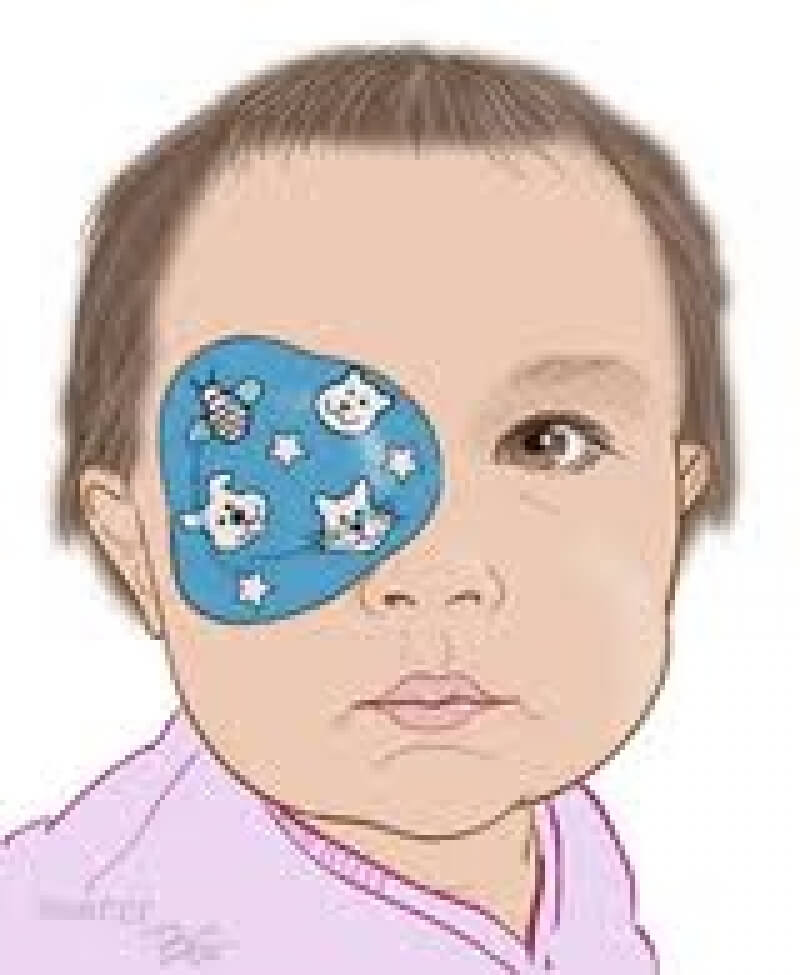Amblyopia (Lazy eye)
Lazy eye is a stagnated development of a eye in early childhood. In most cases, one eye will develop poor vision, while the other will have good vision. This is what we call amblyopia (lazy eye). The eye with less visual acuity is called the “lazy eye”. This abnormality occurs in four out of a hundred adults.
The cause of lazy eye
Amblyopia (“lazy eye”) may be caused by any situation with a negative effect on normal use of the eyes. Generally speaking, there are three main causes for the occurrence of amblyopia:
- strabismus, in which the eyes do not fix on the same point;
- unequal refractive power in the two eyes (specific prescription for each eye);
- usually clear areas of the eye are blurred.
Amblyopia usually coincides with strabismus. The eye’s vision is shut down inside the brain to prevent double vision, gradually causing the eye to lose its optical function and turn lazy or amblyopic. The child will use his or her good eye to see.
Amblyopia may also occur when the image that is formed in one eye is blurred because of a deviation of the dioptric power of the eye. This blurred image will be neglected in the brain and is suppressed more or less. In the long run this may also cause a “lazy eye” to develop. This eye may even show nothing on the outside, making this kind of amblyopia the toughest to detect. This form of “lazy eye” exclusively manifests itself through careful determination of visual acuity.
An eye disease which involves blurring of media, such as cataract, can also lead to amblyopia. In this case, the blurring causes an unclear image, possibly leading to a “lazy eye”. Genetic predisposition may also play a role in the development of a “lazy eye”. Children from families with a high occurrence of strabismus, “lazy eyes” or strength deviations should be examined for any predisposition in this direction at a young age.

Treatment of amblyopia
It is essential to realize that the treatment of amblyopia can only start when the underlying causes of amblyopia have been eliminated. To start, glasses must be prescribed to correct strength deviation or cataract must be removed, so the eye can learn to function well with the lens-correction.
To train a “lazy eye”, a child must be forced to use it. This is achieved by covering the good eye (occlusion) for a number of hours a day and for a certain period that can last from weeks to months. If the child is older and the level of visual acuity lower, a longer period of occlusion will be necessary to have proper effect.
With younger children, a shorter occlusion period will lead to the same results. This is the main argument for treating a “lazy eye” from a young age.
In certain cases, treating a lazy eye through a patch on the eye will not succeed and pupil dilating drops may be applied to the good eye. The child is forced to use the lazy eye for close range vision. For the same reason, special glasses are sometimes prescribed. One might think a operation can fix a lazy eye. This is not the case, though a operation can help repair the damage of a lazy eye.
The parents are the most important factor in the success of amblyopia treatment. They have to make sure their child wears the eye patch and the occlusion is sustained long enough. Persistence is essential, because treatment of a lazy eye can only be successful until a certain age.
Once a lazy eye has developed and childhood – during which this could have been fixed – has passed there are no treatment options later in life. Even stronger glasses, cataract surgery or laser refractive surgery will not increase vision for a lazy eye. The ophthalmologist and the orthoptist will therefore support parents as much as they can during childhood, when amblyopia is still treatable.
Source: NOG patientenvoorlichting www.oogheelkunde.org
